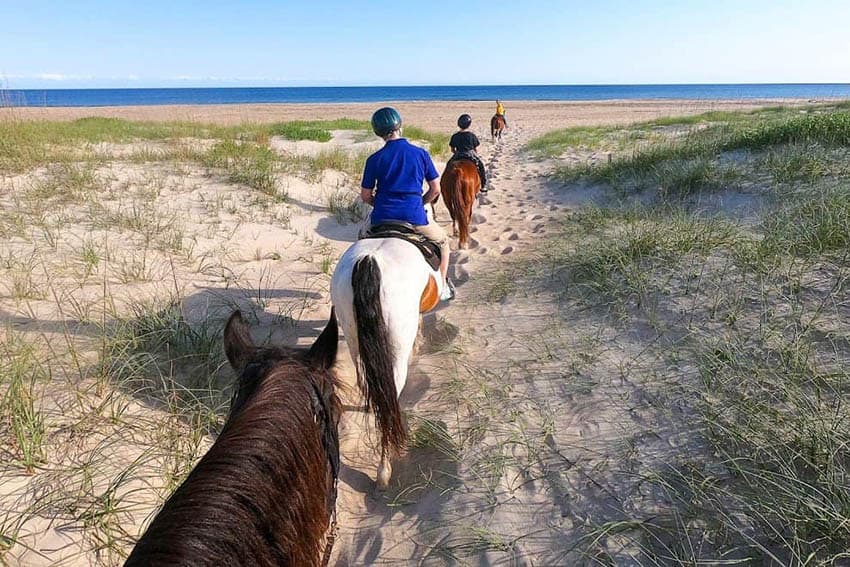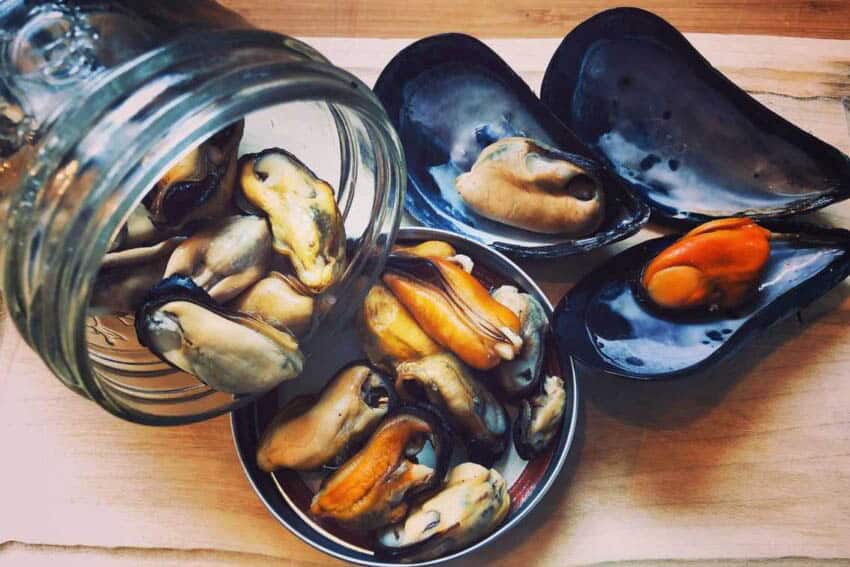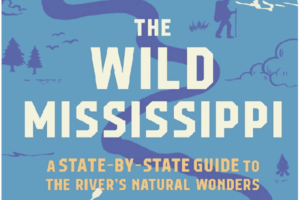
The Bushcraft Field Guide to Trapping, Gathering, and Cooking in the Wild

There’s a huge difference between RV-style camping and actual wilderness travel. In terms of distinguishing the difference, bushcraft enthusiasts are just about as bare-bones as they come.
Instead of simply pitching a tent, they create shelters from natural materials. Using just a few man-made items and their primitive skill set, they start fires to keep warm, hunt, forage, and cook what they’ve gathered.
Bushcraft allows you to experience the beauty of the outdoors by living off the land. Dave Canterbury is an expert on this. His book, The Bushcraft Field Guide to Trapping, Gathering, and Cooking in the Wild, tells you everything you would need to know to not just survive, but thrive in the wild.
Canterbury specializes in mastering the wilderness. He’s a New York Times best-selling author, having sold over 125,000 copies of his previous bushcraft series, and is a co-host of National Geographic’s Dirty Rotten Survival.
He is also a supervising survival instructor at The Pathfinder School in Ohio, which was recently rated by USA Today as one of the Top 12 Survival Schools in the U.S, as well as a managing editor of Self-Reliance Illustrated Magazine.
An In-Depth Manual

The field guide marks his most comprehensive book yet in terms of natural sustenance; an in-depth instruction manual on packing, gathering, trapping, and preparing food, along with an extensive recipe list.
The book teaches you how to hunt and gather safely, featuring a full-color photo guide on which plants are safe to eat and which to avoid.
Over the course of 23 chapters, Canterbury starts off with the basics for packing the essentials: tools for cutting and combustion, pre-packed foods and snacks, but goes on to describe cooking methods, instructions for hunting, fishing, and butchering, as well as foraging for food.
As CoolMaterial.com puts it, “Canterbury covers everything: building out your kit, manufacturing tools, and supplies, food collection, cooking and protection from the elements. If you want to ‘be prepared’ for the time in the wilderness, this is a great guide.”
Edible Plants
In one section, Canterbury summarizes common edible plants for not only adding flavor to your food but also if needed, to serve medicinal needs. He states that a good system to go by is to ITEMize plants, which was created by forager Greene Deane.
In summary, you must start off with the first rule, Identifying the plant correctly. This can be based on the next two rule of thumbs, Time of year (is the plant ready to harvest in the proper season) and Environment (is the plant growing in the correct type of area).
The last rule is Methods. It is imperative to “understand the proper methods of harvest and preparation before consuming. In some cases you can eat the leaves but not the stem, or vice versa. Sometimes the berries are poisonous but the foliage is not, or vice versa. Some plants can be eaten raw but others must be cooked before consuming.”

He instructs that one of the most important facets to finding safe plants to eat is using your senses, particularly taste and touch because “the sensations plants give us on the palate are very indicative of what they will do within our body.
Canterbury states that plants can be divided into four categories. Biters, the first, will taste bitter or acrid and are generally good for treating cold and flu due to their antiseptic qualities. Next, mucilaginous plants will make the mouth water or be slimy and are useful in treating constipation, or burns. Astringents dry out the skin and are good for poison ivy or runny nose, and lastly carminatives will feel warm or spicy and treat digestive issues like gas or stomach ache.
For example, plants that are safe to eat and often multifold in their usefulness include cattails, whose shoots can be eaten raw or boiled, or used as a toothbrush, and whose gel found at the base of the plant (when the shoots are pulled out) can be used as an anesthetic similar to aloe.
Moreover, dandelions are great for eating raw, while their roots can be ground up and used as a substitute for coffee. Dried, they can relieve upset stomach and diarrhea symptoms.
Each chapter caps off with a useful tips and tricks section, often comprised of anecdotal references to Canterbury’s own experience. In the plant’s section, he suggests avoiding any type of wild mushroom, or white berry, because as in the latter case, nearly 100 percent are toxic.
Canterbury above all else is an expert of the outdoor craft. His book teaches how to connect with nature by using the abundant, natural resources that the wild provides us.
In order to master bushcraft, the first step is to become familiar with nature’s tools and different environments and use these basic rules to survive in the woods.
Amazon link to purchase The Bushcraft Field Guide to Trapping, Gathering, and Cooking in the Wild,
- Urban Hiking Trails in Berlin, Germany - December 7, 2016
- How to Warm Up in Chilly Finland: The Sauna Experience - November 29, 2016
- Agritourism: Families Escape to Farms for Fun - November 15, 2016





